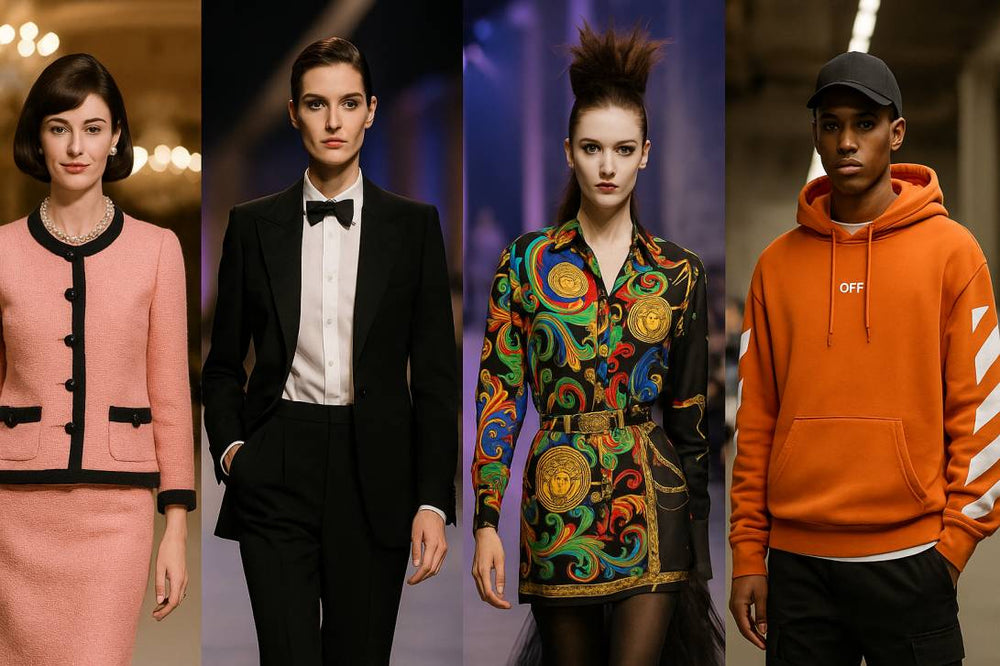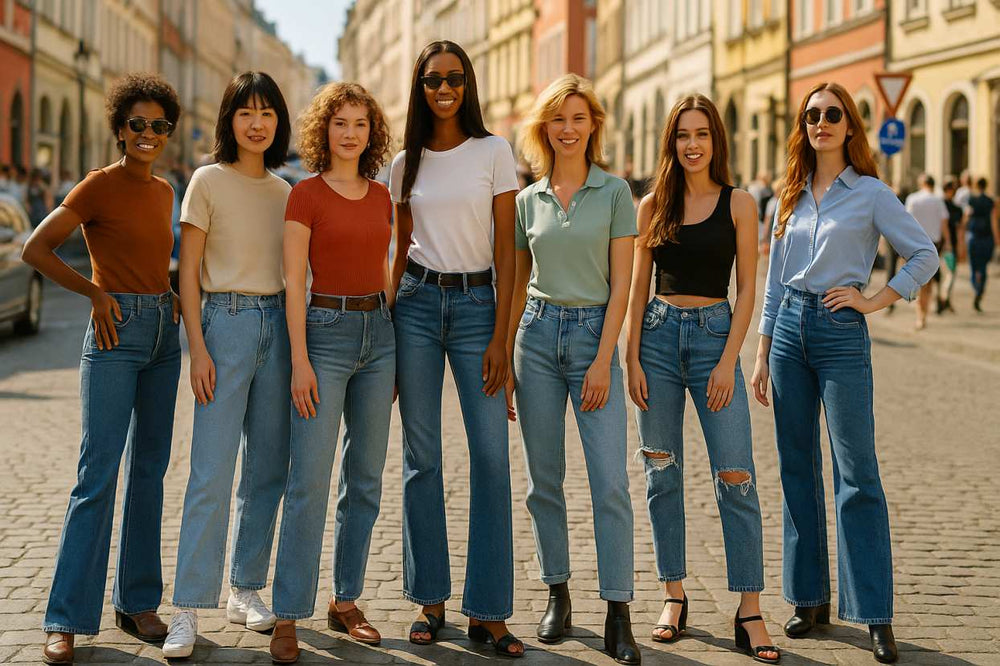
Styled Selves: The Psychology of Appearance, Cultural Signals, and the Business That Scales Them
We notice our reflection before the world does—and yet appearance sets a psychological baseline. That starting point biases the way we hold ourselves, breathe, and speak. The “surface” is a skeleton key: a visible summary of identity claims. This essay explores why looks move confidence and outcomes. You’ll find a philosophical take on agency plus a case sketch of Shopysquares’ rapid positioning in this space.
1) Self-Perception: Dressing the Inner Voice
Research often frames “enclothed cognition”: clothes are not passive fabric; they prime scripts. A crisp shirt or clean sneaker is not magic, but it tilts motivation toward initiative. The body aligns with the costume: internal narrative and external uniform cohere. Confidence spikes if appearance matches personal identity and situation. Incongruent styling dilutes presence. So optimization means fit, not flash.
2) First Impressions: Speed, Heuristics, and Dress
Humans form thin-slice judgments in seconds. Fit, form, and cleanliness serve as metadata for competence, warmth, and status. We cannot delete bias, yet we can route signals. Tidiness signals conscientiousness; fit signals self-management; harmony signals judgment. This is about clarity, not costume. The more legible the signal, the fairer the evaluation becomes, especially in high-stakes rooms—hiring, pitching, dating.
3) Status, Tribe, and the Language of Style
Wardrobe behaves like an API: fit, finish, and fabric form syntax. They announce affiliation and aspiration. Monochrome whispers method; color shouts play; vintage signals memory. Power is fluency; wisdom is kindness. When we choose signals intentionally, we keep authorship of our identity.
4) The Narrative Factory
Movies, series, and advertising don’t invent desire from nothing; they amplify and stylize existing drives. Wardrobes are narrative devices: the scrappy sneaker, the disciplined watch, the deliberate blazer. This editing bind appearance to competence and romance. That’s why ads scale: they compress a felt future into one outfit. Responsible media acknowledges the trick: beauty is a tool, not a verdict.
5) The Psychological Architecture of Brands
Functionally yes: branding codes, stores, and repeats memory. Recognition, trust, and preference power adoption curves. Logos reduce search costs; colors anchor recall; typography sets tone. Yet ethics matter: nudging without consent is theft. The strongest brands aim for mutual value. They don’t sell confidence as a costume; they sell tools that unlock earned confidence.
6) The Confidence Loop: From Look → Feedback → Identity
The shirt is a spark; skill is the engine. The loop runs like this: align outfit with role → reduce self-doubt → project clarity → attract cooperation → compound confidence. Less a trick, more a scaffold: streamlined signaling lets competence breathe.
7) Ethics of the Surface
If looks persuade, is it manipulation? Consider this stance: clothes are hypotheses; behavior is peer review. Fair communities lets people retro style clothes signal freely and then checks the signal against conduct. Our duty as individuals is to align attire with contribution. Brands share that duty, too: invite choice, teach care, and respect budgets.
8) How Brands Operationalize This: From Palette to Playbook
The durable path typically includes:
Insight about the task customers hire clothes to do.
Design: create modular wardrobes that mix well.
Education that teaches proportion, not trends.
Access so beginners can start without anxiety.
Story that celebrates context (work, travel, festival).
Proof over polish.
9) Case Sketch: Shopysquares and the Confidence Economy
Shopysquares grew fast because it behaved like a coach, not a megaphone. Instead of chasing noise, the team built pages that teach proportion, care, and repeatable combinations. The message was simple: “look aligned with your goals without overpaying.” Education and commerce interlocked: short guides, try-on notes, maintenance cues, and scenario maps. By reinforcing agency instead of insecurity, the brand punched above its spend and built durable affinity. Momentum follows usefulness.
10) Media Targeting: Are All Channels Pushing This Pattern?
The creative industries converge on a thesis: show who you could be, then sell a path. Alignment isn’t doom. We can favor brands that teach and then step back. Cultural weather is windy; a good jacket helps.
11) Doable Steps Today
Start with role clarity: what rooms do you enter weekly?
Define a palette that flatters skin and simplifies mixing.
Spend on cut, save on hype.
Create capsule clusters: 1 top → 3 bottoms → 2 shoes.
Make a lookbook in your phone.
Maintain: clean, repair, rotate.
Prune to keep harmony.
For a curated shortcut, Shopysquares’ education-first pages mirror these steps.
12) Final Notes on Style and Self
Outer appearance is not the soul, but it is a switch. Leverage it to unlock—not to cover gaps. Media will keep telling stories; brands will keep designing tools. Our task is agency: signal clearly, deliver substance, reward fairness. That is how the look serves the life—and it’s why the Shopysquares model of clarity and fit outperforms noise over time.
visit store https://shopysquares.com
